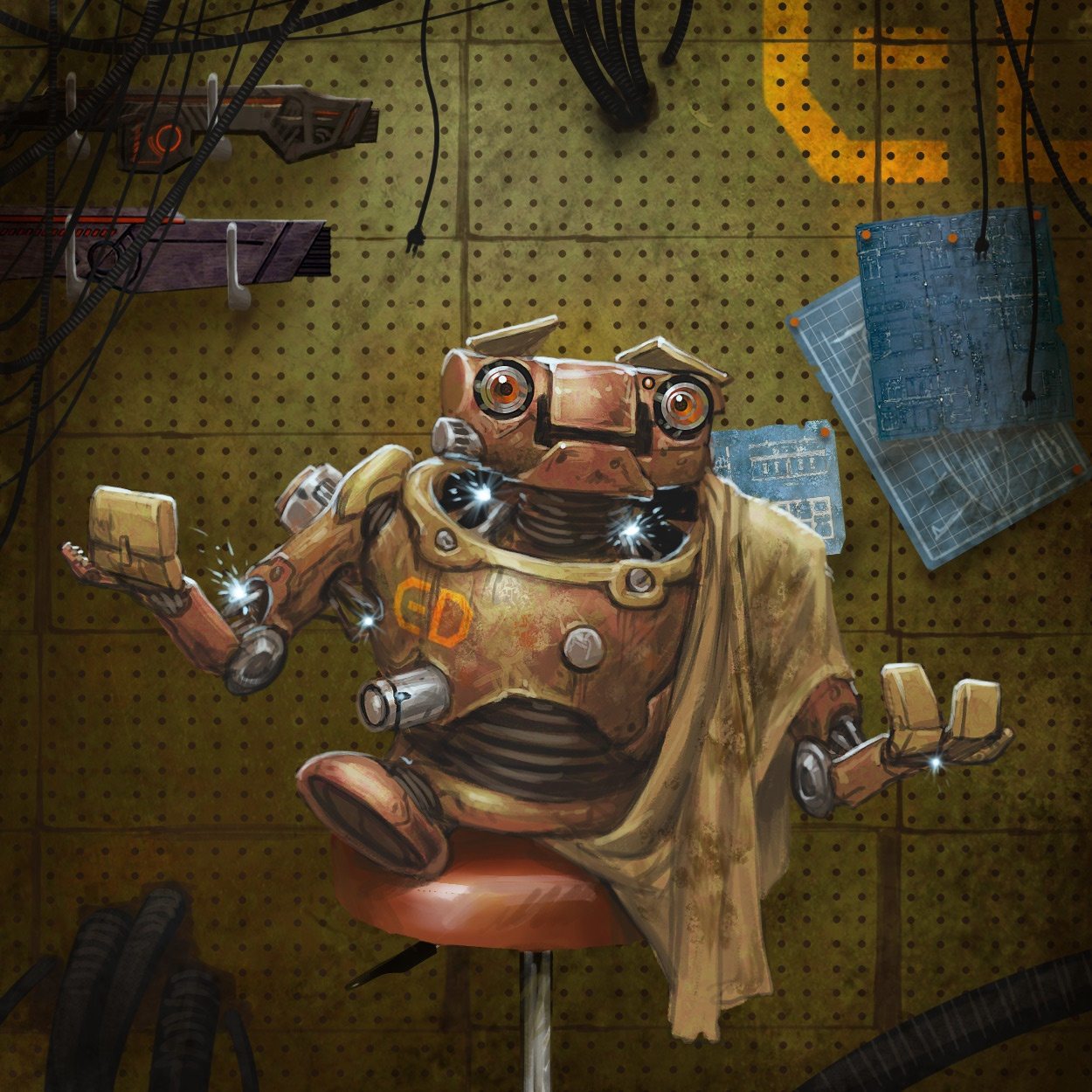
That means that your rivals can have very different threat profiles that you need to take into account as you build your ships. Once you've researched one technology from a trio, the other two are closed off to you, except through trade or conquest. That's because StarDrive 2 cleverly offers you mutually exclusive research opportunities in groups of three. It's not just a case of slapping the latest and greatest technology onto the old templates (though you can easily exchange outmoded equipment if you need to). It's an enjoyable exercise in trade-offs and forecasting when I'm sitting there in the ship designer, I'm thinking about how the carrier I'm building is going to support the battleship I just designed, and how their protection from long-range missiles will rely on an electronic warfare cruiser I'm planning to design next. There are a lot of different things to take into account when designing your fleet: the power draw of your weapons and engines, the weight of your armor and equipment, the output of your engines, and the overall maneuverability of your ships. At its very best, StarDrive is a space admiralty simulator. But these pieces don't all fit together equally well, and tend to get in one another’s way.

StarDrive 2 lifts a page from Total War's book by having tactical space and ground battles that occur separately from the turn-based 4X layer, on which you do the usual mix of exploration, colonization, planetary development, and diplomatic negotiation.


 0 kommentar(er)
0 kommentar(er)
